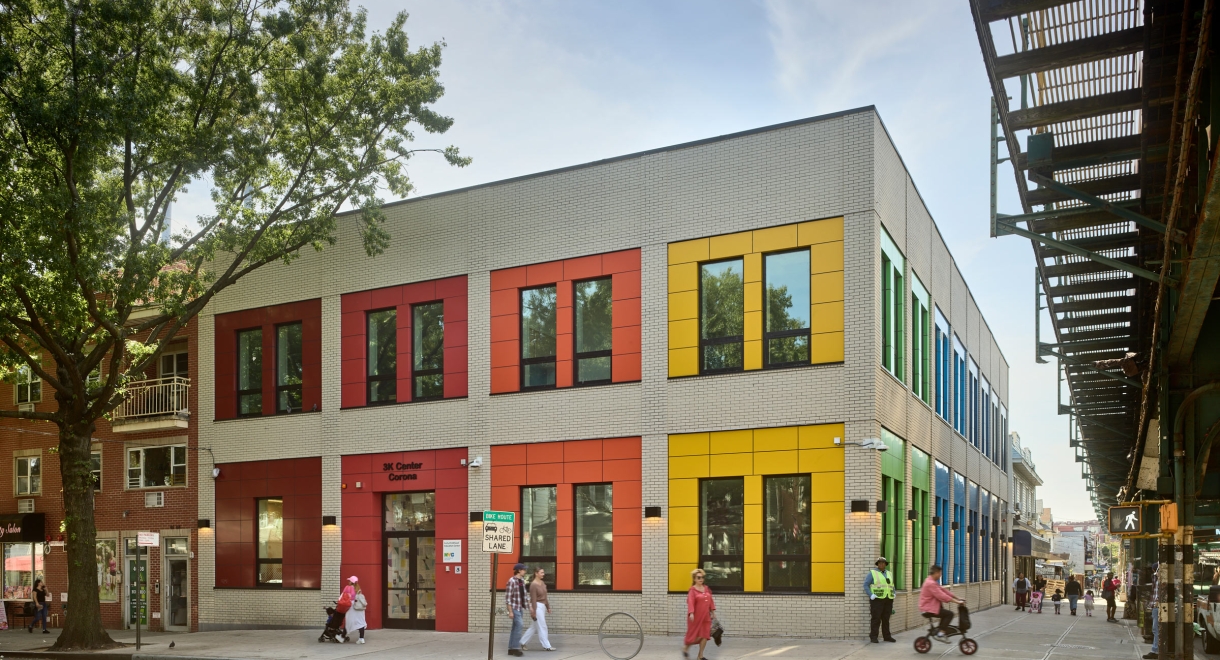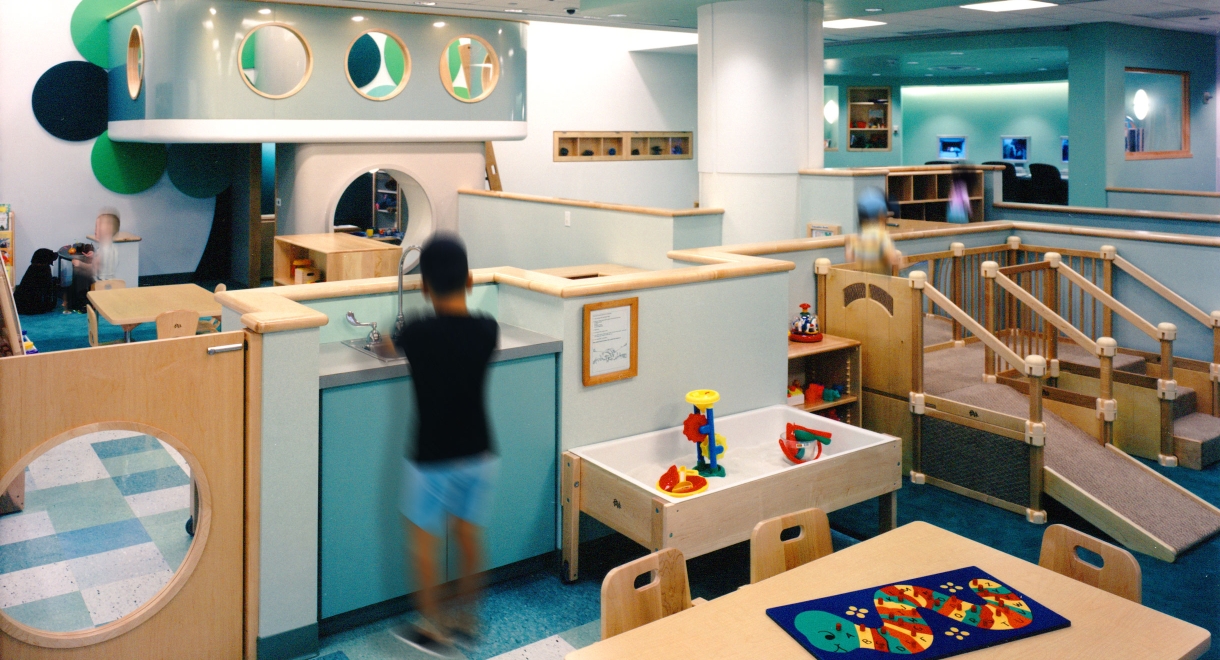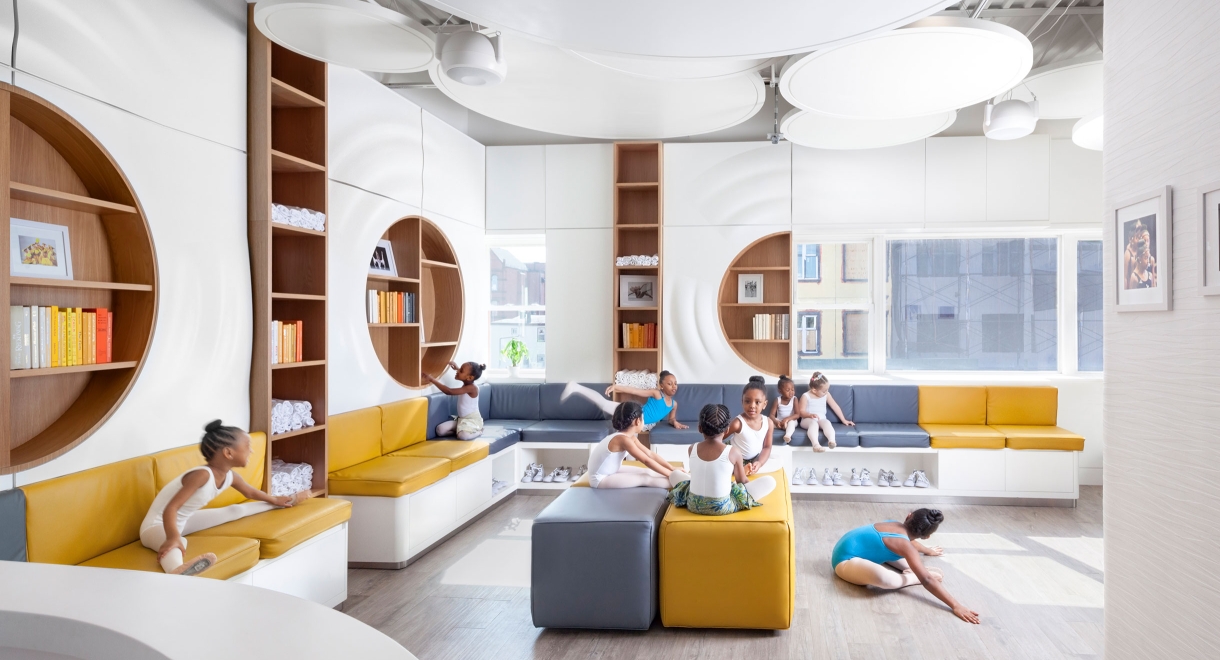Pre-School Architecture: Designs for a New Generation
2024.01.22

A Unique Challenge
Designing spaces for early childhood education is a unique challenge. Architects must view the world through the eyes of a child, formulating designs that prioritize play, exploration, and learning. Considerations of building health, safety and comfort are paramount when crafting spaces for our youngest learners. The responsibility is not merely to provide shelter but to create environments that responsibly nurture the growth and development of the next generation.
Light, Air and Nature
Too often, our children learn in buildings that are dark, outdated and lack sufficient ventilation. This fact is doubly true in urban areas with limited access to outdoor space.
Natural light and fresh air are catalysts in creating stimulating, dynamic, and healthy interiors conducive to learning. This can be achieved through the integration of components like skylights and windows to maximize daylight, and incorporation of energy recovery ventilation units for increasing indoor air quality. Such elements not only reduce energy use but contribute to the overall well-being of both children and caregivers.
In addition to providing outdoor views through windows, architects can integrate nature within schools by including of plants, built in aquariums and terraria, promoting environmental curiosity for young learners. The best learning environments will ensure abundant natural light, high indoor air quality, and visual access to the natural world.
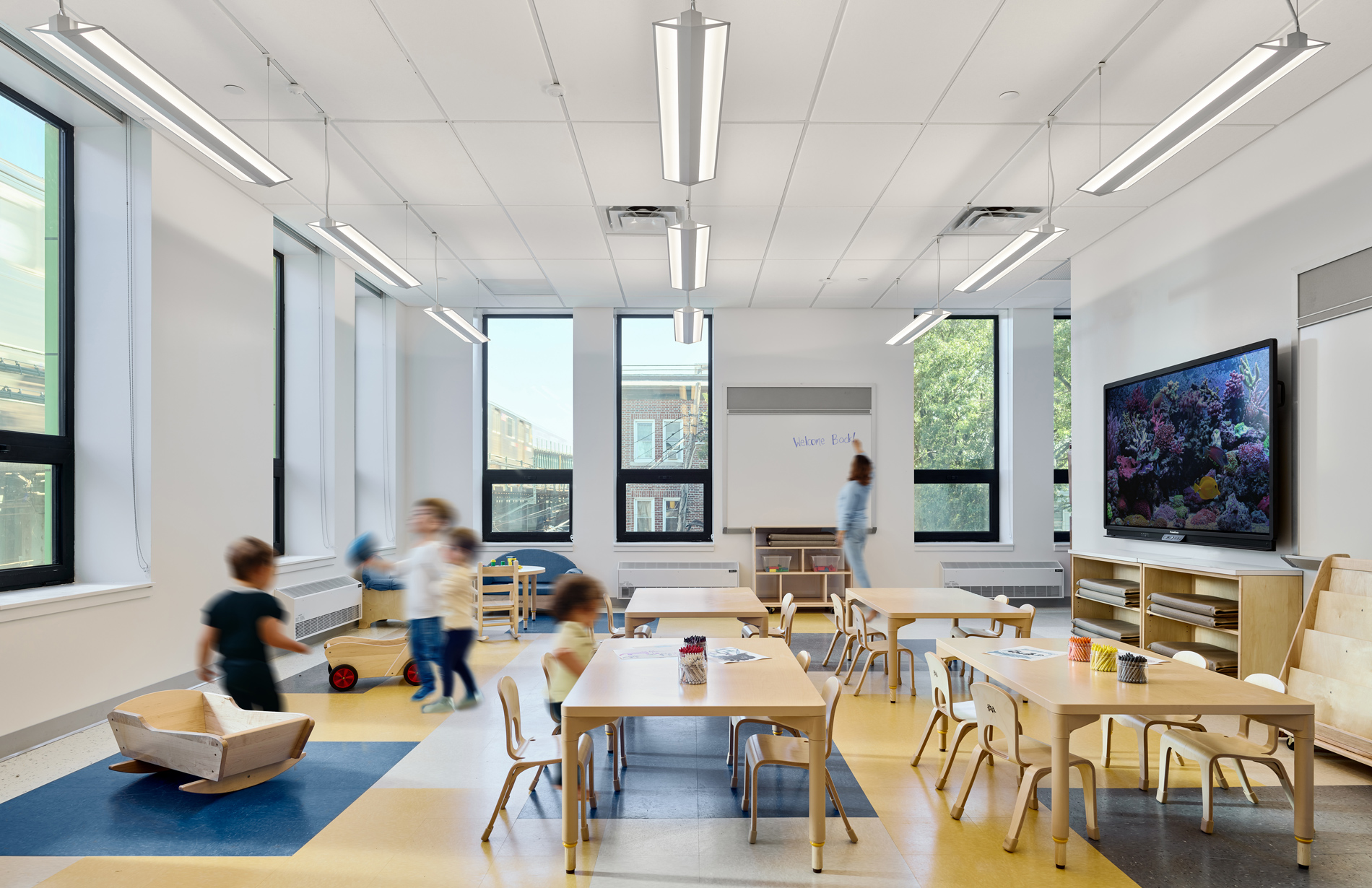
The best learning environments will ensure abundant natural light, high indoor air quality, and visual access to the natural world.
Spaces for Play and Movement
Active play is crucial for the development of young children. Play teaches children important social and motor skills, helps develop a child’s sense of self, and alleviates restlessness. Play spaces should be designed to ensure the safety of preschoolers while also providing the opportunity to learn risk and creative expression of movement.
Our designs for preschool and childcare facilities always include a variety of recreational spaces suitable for both structured and free play, including indoor play rooms, outdoor playgrounds, and opportunities for exercise throughout the facilities.
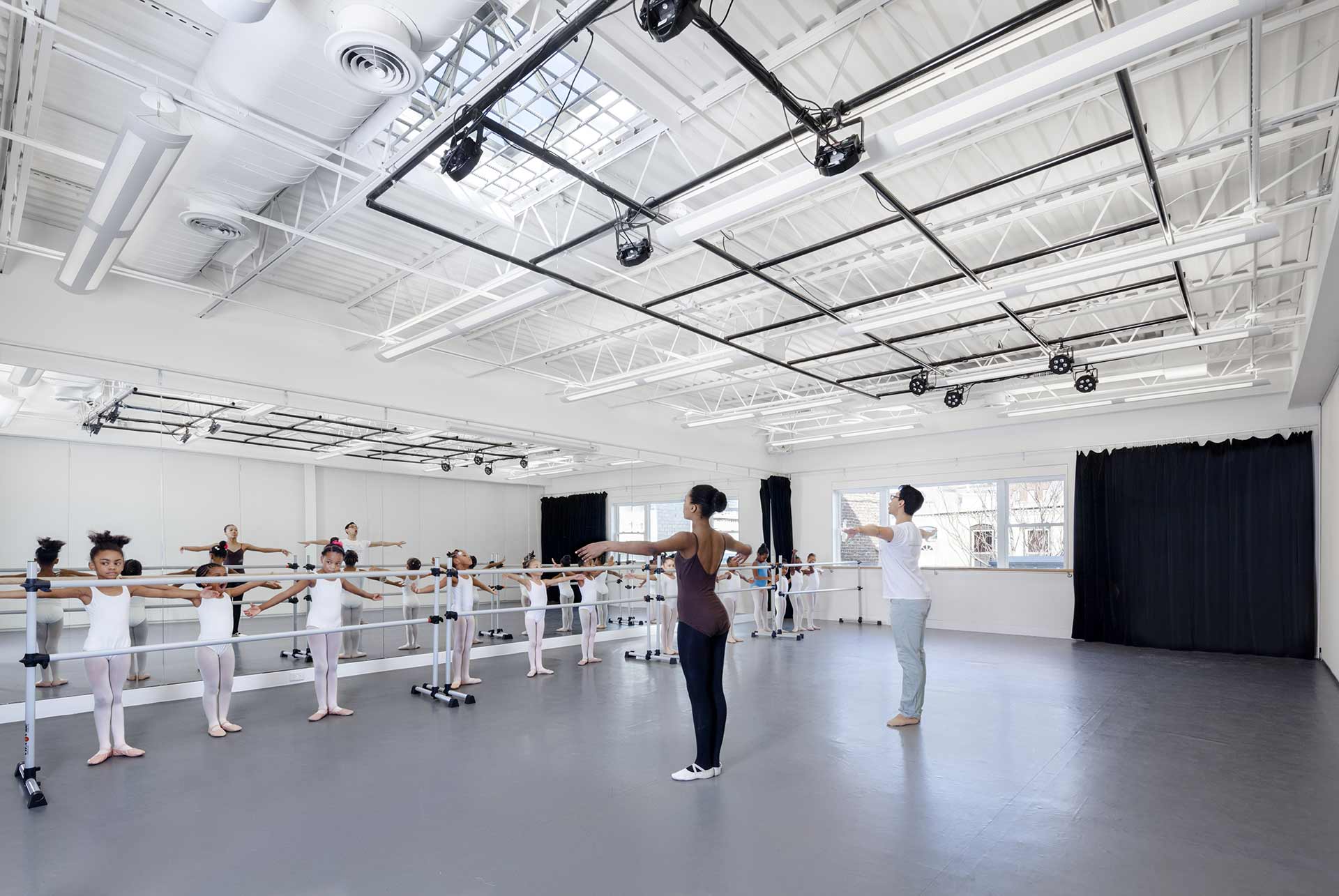
Play teaches children important social and motor skills, helps develop a child’s sense of self, and alleviates restlessness.
Color and Wayfinding
A thoughtful balance must be struck with the deployment of color in early childhood educational spaces. Sensitive use of color palettes, bright hues for sensory stimulation, and soft accents for balance can create cohesive and engaging spaces. While bright colors are indeed proven to energize children, an overwhelming degree of color or a particularly jarring shade might become distracting or potentially unnerving to a young child.

Our Corona 3-K Center project uses a distinctive accent color for each classroom, which is expressed at the entry door, on the hallway floor and inside the room on columns and walls. This simple technique helps to develop a child’s sense of place and provide visual navigational cues.
In communal spaces, such as in the playroom, all colors are clearly represented- clearly communicating its shared use to the students. Color is an effective shorthand for young children to impart both a sense of cheerfulness and of belonging.
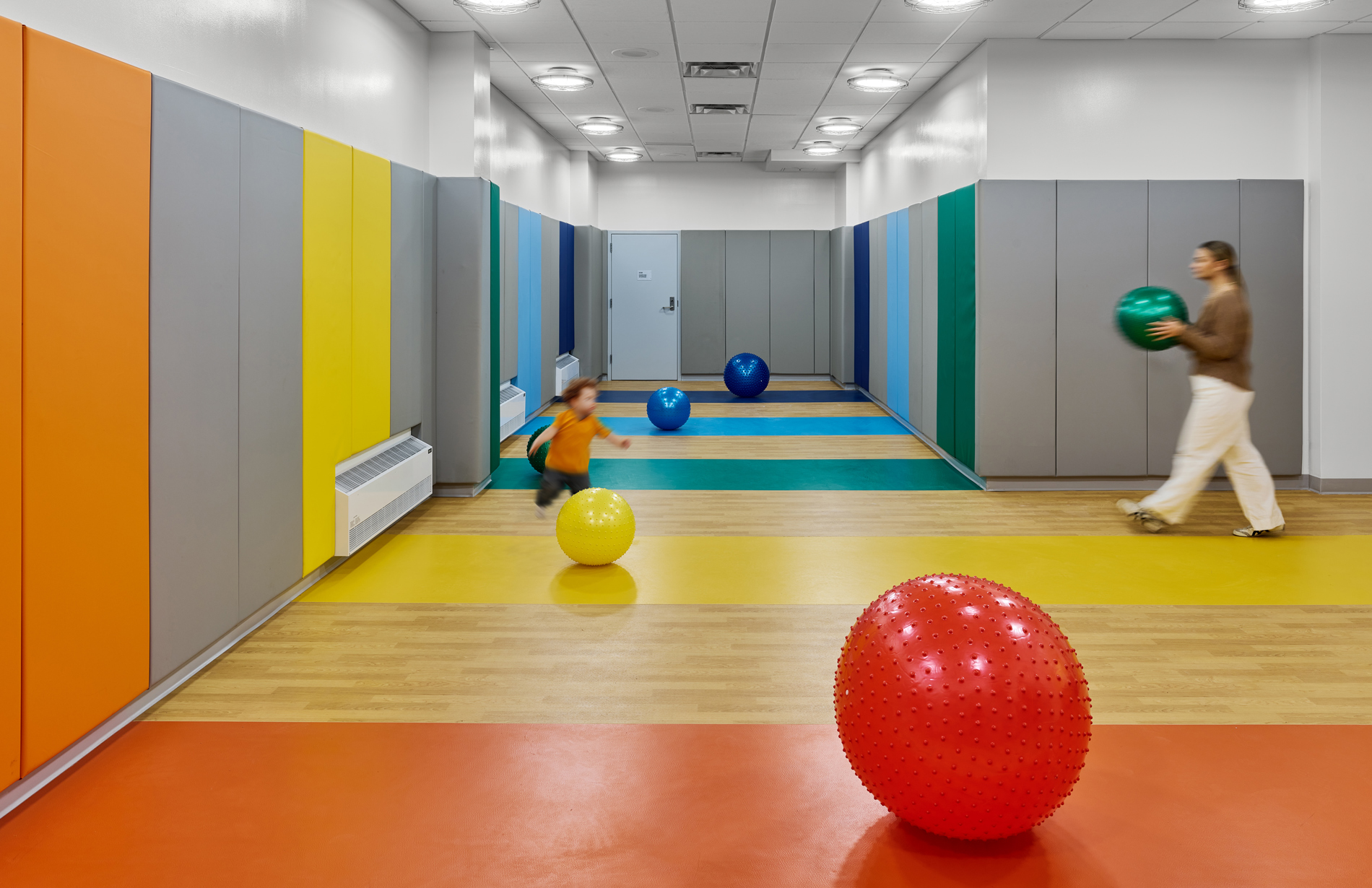
Color is an effective shorthand for young children to impart both a sense of cheerfulness and of belonging.
Scale and Accessibility
Designing spaces for preschool age children present a number of different concerns as well as opportunities with regards to accessibility and spatial arrangement. Providing appropriately scaled furnishings and decor, alongside basic accessibility provisions such as child hand rails and bathroom fixtures, ensures adequate accessibility for the small schoolchildren.
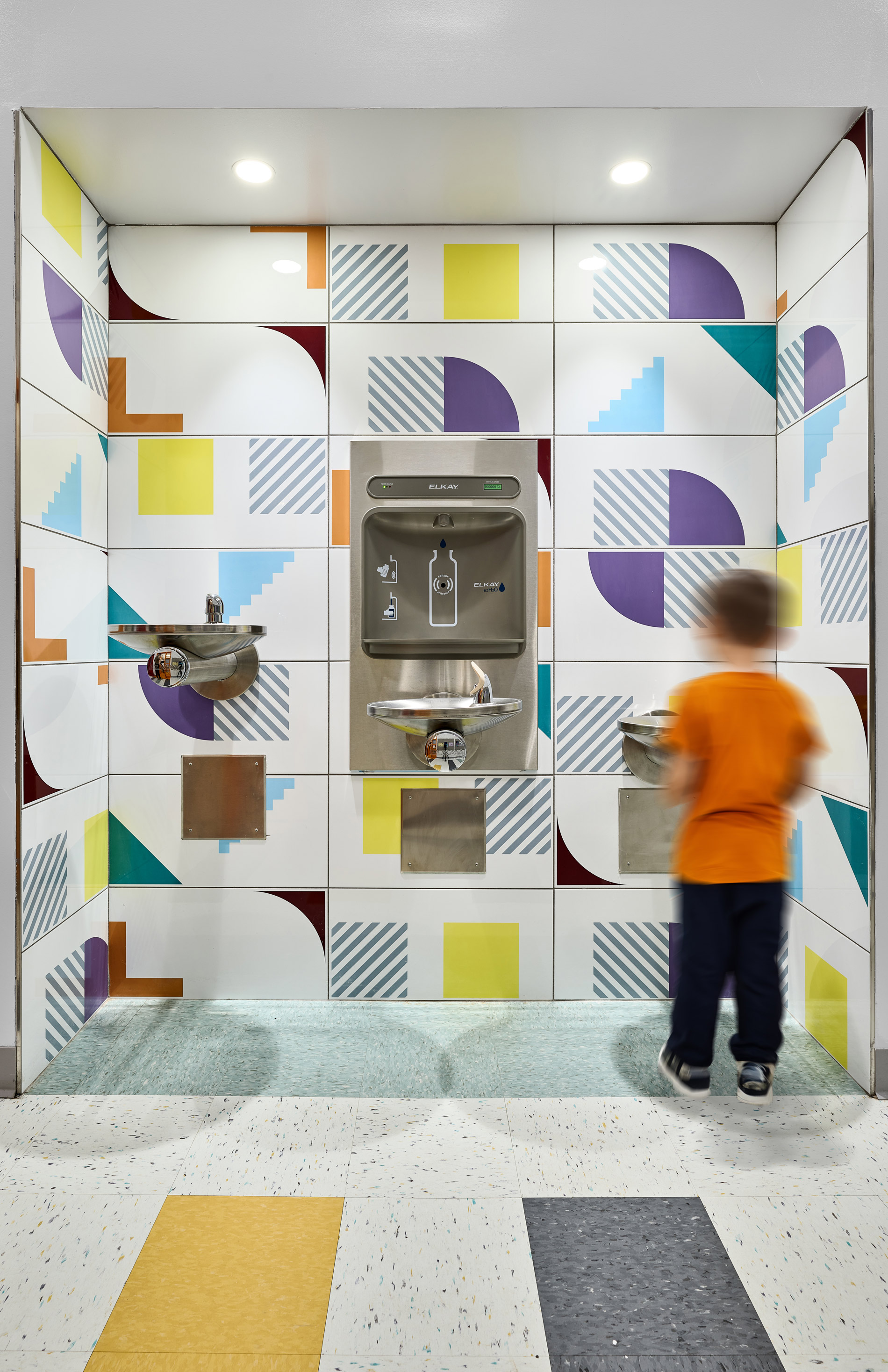
Designers can also take advantage of the uniqueness of designing for children to create appropriately child-sized spaces, providing playful nooks and niches that are distinct no-adult zones.
Classroom layouts should be flexible and accommodate different approaches to learning - helping educators to boost engagement and inclusivity for all students.
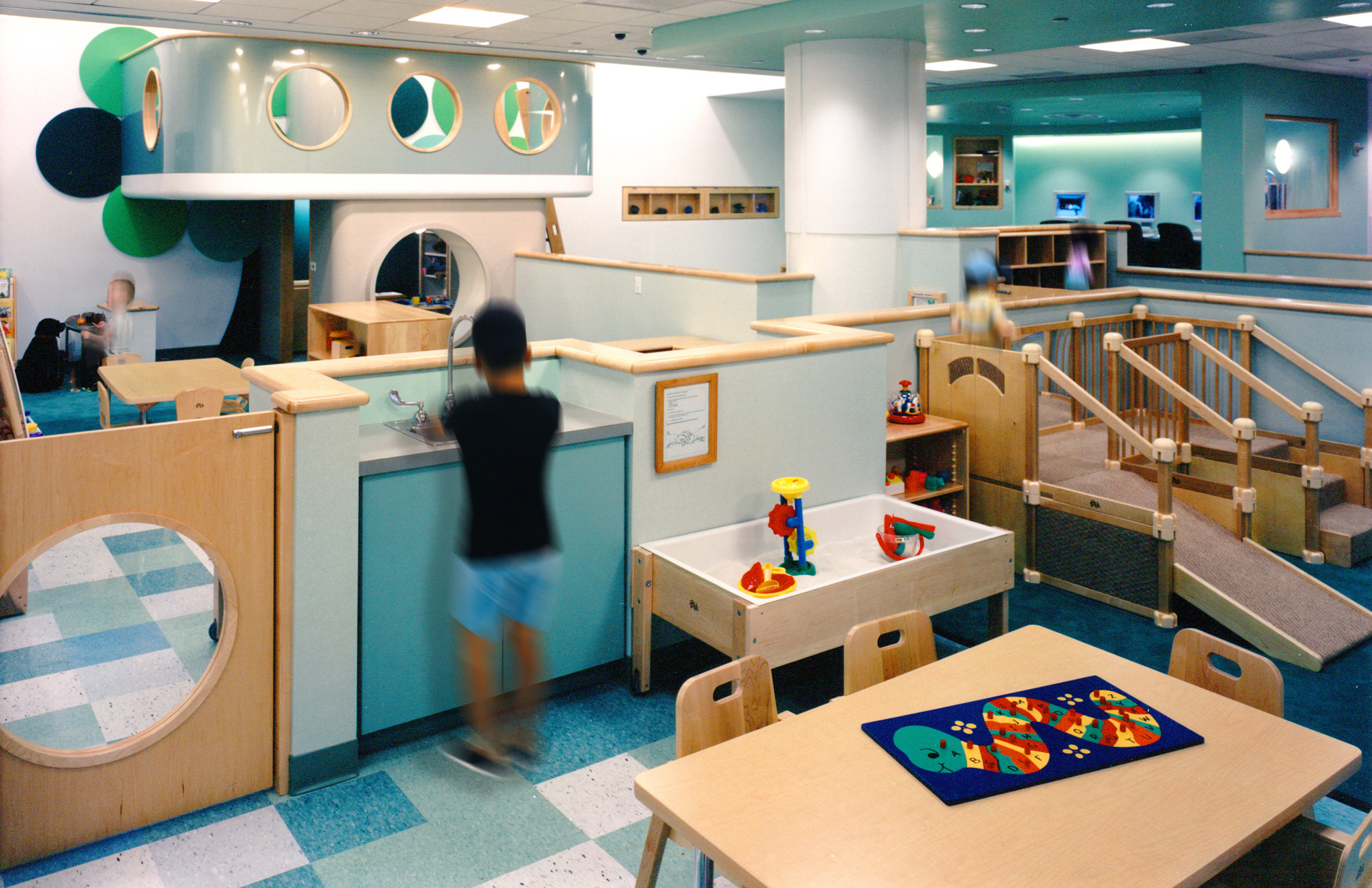
Designers can create appropriately child-sized spaces, providing playful nooks and niches that are distinct no-adult zones.
A Foundation For Growth
Attending pre-school is often the first time a child is routinely separated from their parents, and where they are asked to act as a member of a larger group. Creating an appropriate environment that is welcoming, healthy and supportive is key to promoting learning, socialization and positive growth.
A child's experience of their first school can have a profound impact on the rest of their life, fostering positive associations with learning, their sense of belonging in their classroom, and their approach to interacting with other children and teachers. The architect’s role in designing a school is to create optimal conditions inside and outside the classroom that promote these positive experiences for every child.
A foundation of health, safety, and accessibility underpins the design of school spaces that promote an inclusive, playful and engaging spirit to facilitate learning, social and emotional development of future generations.
A child's experience of their first school can have a profound impact on the rest of their life.



